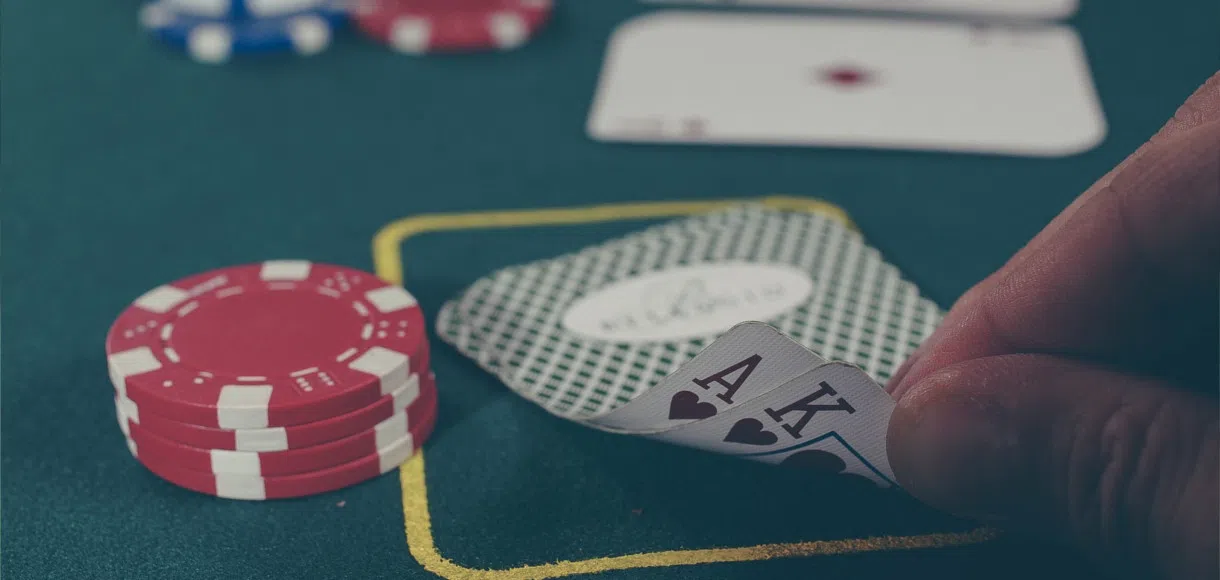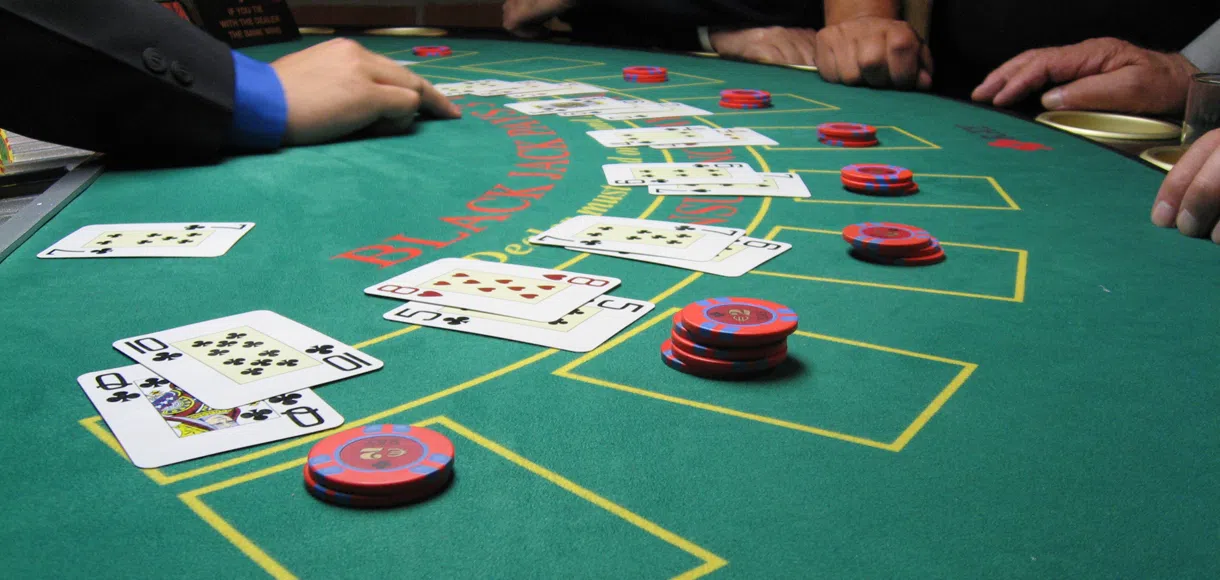Can brushing up on your numbers when you play online roulette really improve the odds for players?
Betting systems have been around as long as the games themselves. And, when it comes to playing roulette online, the range of staking plans is endless.
Negative progression systems like the Fibonacci require the player to increase their bet following a losing spin.
If you’re familiar with the Martingale betting method, then you may recognise the format. However, the Fibonacci differs in a few subtle ways.
What is the Fibonacci roulette system?
The Fibonacci system can be used with any kind of roulette game.
It is named after the 13th century Italian mathematician, Leonardo Pisano, who also went by the name Fibonacci.
Fibonacci had studied Indian and Arabic mathematical systems and spotted certain patterns in nature that relate to everything from the spirals on a snail’s shell to the breeding patterns of rabbits.
Of course, gamblers soon cottoned on to Fibonacci’s number system, and have been utilising it for roulette betting for centuries.
The system in action
In maths, the Fibonacci sequence is a series of numbers where the next number along is equal to the sum of the previous two. The sequence can carry on infinitely.
For example, assuming we start at zero, the Fibonacci sequence would run like this:
0, 1, 1 (0+1), 2 (1+1), 3 (2+1) , 5 (3+2), 8 (5+3), 13 (8+5), 21 (13+8), 34 (21+13)…
Using the Fibonacci sequence in roulette, we select only even-money bets like red/black or odd/even. It’s also possible to use the system in games like Craps that have their even-money wagers.
As a negative progression system, Fibonacci gamblers must increase their wager every time they lose. In this staking plan, the gambler moves from their current stake to the next stake in the Fibonacci sequence.
After a win, move down two places in the sequence (or 1 if you are at the start of the sequence).

Advantages of the Fibonacci betting system
As you can see from the table above, after 10 spins the player is only £1 in the red. That has come from a base unit of £1 and hitting a staggering seven losing spins out of 10.
Because of the negative progression format, the winning £13 spin has wiped out most of the losses in one go.
But, unlike the Martingale, where the stake is completely reset, the Fibonacci just moves the stake down a couple of levels. There’s still a chance for the player to make up their losses a lot quicker.
At small stakes, any kind of betting plan can be good for the bankroll. Even an alternative system like the Martingale can be good to try with small bets.
Disadvantages of the Fibonacci betting system
Like all negative progression betting systems, there is a risk with the Fibonacci.
It’s quite possible to hit a big losing streak in roulette. If that happens, your losses can spiral out of control. And they’re not the kind of spirals that Fibonacci had in mind when he devised the sequence.
Remember, the Fibonacci only works with even-money bets like red/black, odd/even. If you’re a fan of straight-up wagers on single numbers that pay 35/1, the system won’t be effective.
It’s important to understand the house edge in roulette.
In European Roulette, the table has a single green zero pocket. If the ball lands here, any even-money outside bets like red or black will lose. That’s what gives the casino its advantage.
In European Roulette, the house edge is 2.7 per cent. That means over the long term, the player is losing £2.70 for every £100 they bet simply by playing.
In American Roulette, a game with two green pockets, this increases to 5.26 per cent. So it’s important to pick the right roulette variant when you start playing.
Trying the Fibonacci betting system
Whatever your stakes, always keep a record of your current bet level.
Use a table like the one above to chart your progress. That way you can better keep track of whether you’re in profit or on a losing run.























